We are known as a corn and soy state. But there is much more to farming in Indiana.
Last week was the Fourth of July.
And as the saying goes, Indiana's corn crop should be "knee high." But the old ag adage is a thing of the past — as outdated as the notion that Hoosier farming is all about corn and soybeans.
Sure, the state has a lot of corn.
Soybeans, too.
There are more than 5 million acres of each across Indiana, which is the 10th largest farming state in the nation.
So it makes sense that many people — both Hoosiers and those passing through — think of us as a corn and soy state, said Bruce Kettler, director of the Indiana Department of Agriculture.
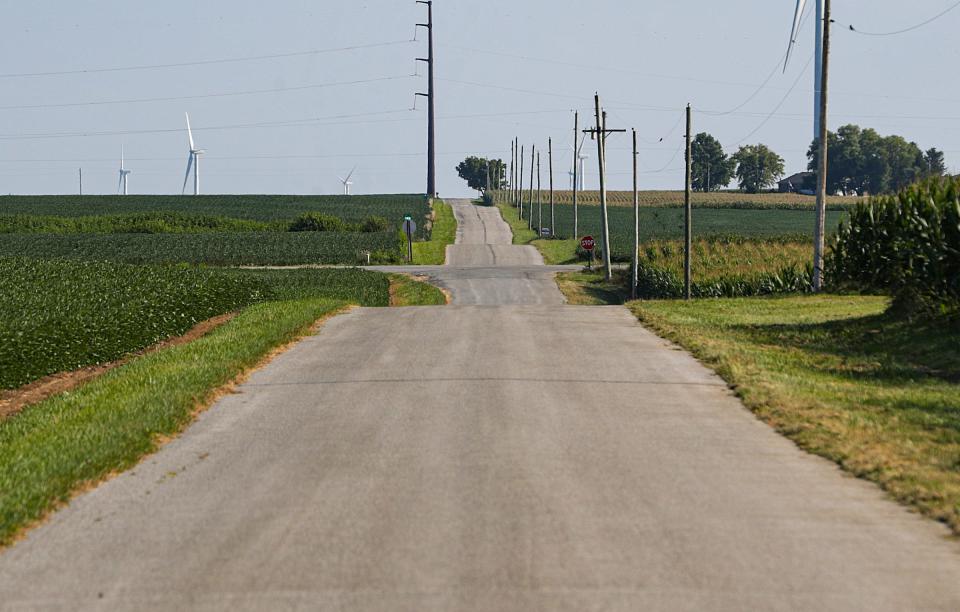
But Indiana farmers raise and grow so much more. Chickens for meat and eggs. Popcorn and tomatoes. You may even have heard Indiana is America's top producer of ducks. And that's not all.
IndyStar has traveled across the state to find farmers, ranchers and growers raising even more unique livestock and crops in sometimes unique ways. In the coming weeks IndyStar will showcase some of these unique — and uniquely Hoosier — farming operations.
We will show you a Wagyu farm near Fort Wayne where a former New York Yankee turned cattleman raises a few hundred head of the highly sought-after beef — in a state with a little more than a million head of cattle — for a farm-to-fork experience.
While fields of grain may dominate the Midwest landscape, IndyStar will take you to northern Indiana, where it turns out we are a prime spot for the fresh-breath maker: mint.
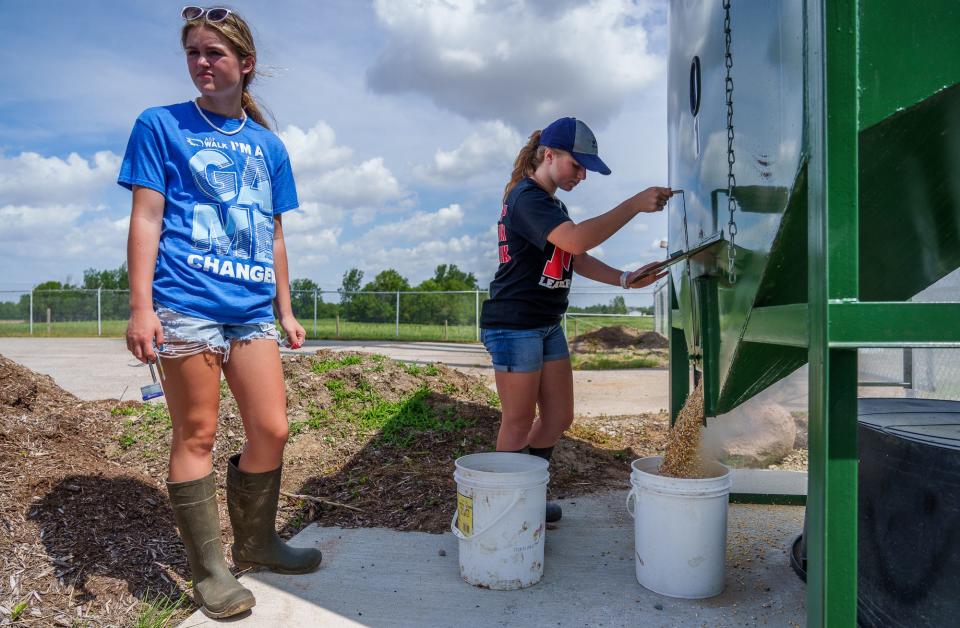
And though countless farms go back generations in a single family, we will introduce you to new and unexpected individuals — students, veterans, returning citizens — who are picking up spades and climbing onto tractors.
These are just a sampling of the vast and diverse types of farms that are dotted across Indiana. All help shape the state's unique ag identity.
That identity contributes significantly to the state. Agriculture, including forestry as a crop, totals an estimated $31.2 billion — or roughly 7% of Indiana’s $420 billion-economy.
Indiana also is the eighth largest agricultural exporter in the nation, exporting just over $4.6 billion in farm goods in 2017, the most recent data available from the state.
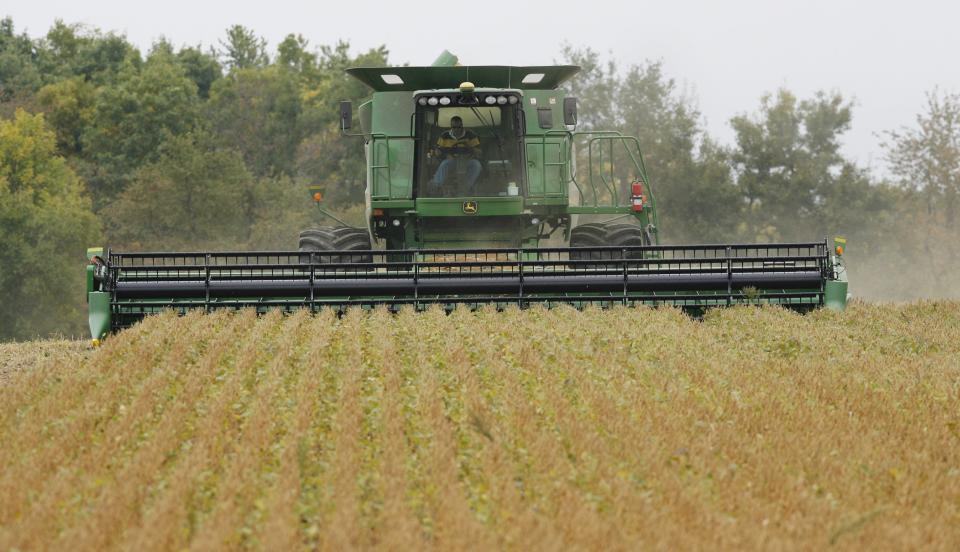
IndyStar's new Grown IN Indiana series will, over the coming weeks, take you to 10 of these under-the-radar agricultural operations — all of which play a role in forging the state's agricultural identity — and introduce you to the people behind them.
“We’ve got a lot of really neat niches: mint, hemp, melons and so many more,” Kettler said. “I think we should be all for that. It helps farmers and allows them to diversify and survive ups and downs of the markets.”
Commodity markets tracking grains and meats are expected to increase about 20% this year, according to the World Bank, a cost that not only gets passed on to consumers but farmers as well.
Input costs such as fertilizer, shipping and oil help drive up the commodity prices, meaning a growing market doesn’t always put more money in a farmer’s pocket. Livestock raised for meat feed on corn and soy as a large part of their diet, Kettler said, so the diversity of farms in the state is an important piece of making agriculture a solid industry in Indiana.
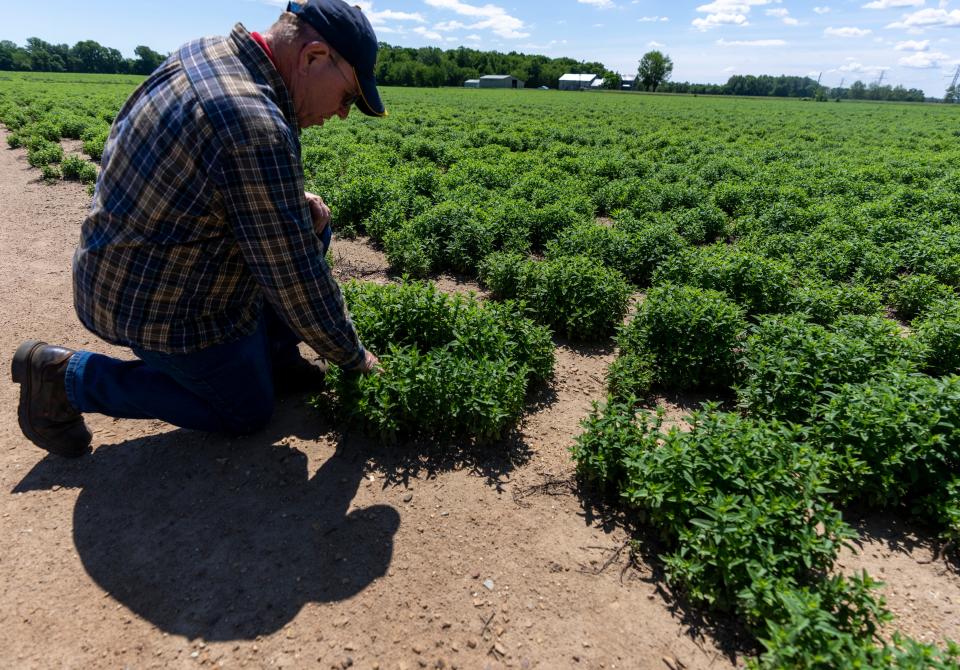
Randy Dugger, vice president of the Indiana Farmers Union, said the first thing that comes to mind when considering the diversity of the agriculture industry is that the COVID-19 pandemic showed everyone just how fragile the food system is.
“I wish we had more of what I consider food items or food vegetables grown in Indiana on a larger scale,” Dugger said. “We have a lot of smaller, independent, family farmers growing and doing an excellent job and supplying the farmers markets and online markets.”
There also is a growing trend of indoor, and often "vertical," farms in Indiana that bring some of those difficult-to-grow food items closer to home. Some of that is happening in shipping containers and some in massive warehouses, which will be the focus of one of the stories in the series.
It all goes to show, Kettler said, that Hoosier farmers are not afraid to try something different.
“We are seeing that with hemp now,” Kettler said of the product being grown, at least now, for its fibers and non-psychoactive oils rather than the intoxicating properties of its cousin marijuana. “We, as with many states, got way out ahead of the market of that — but long-term there are really good opportunities.”
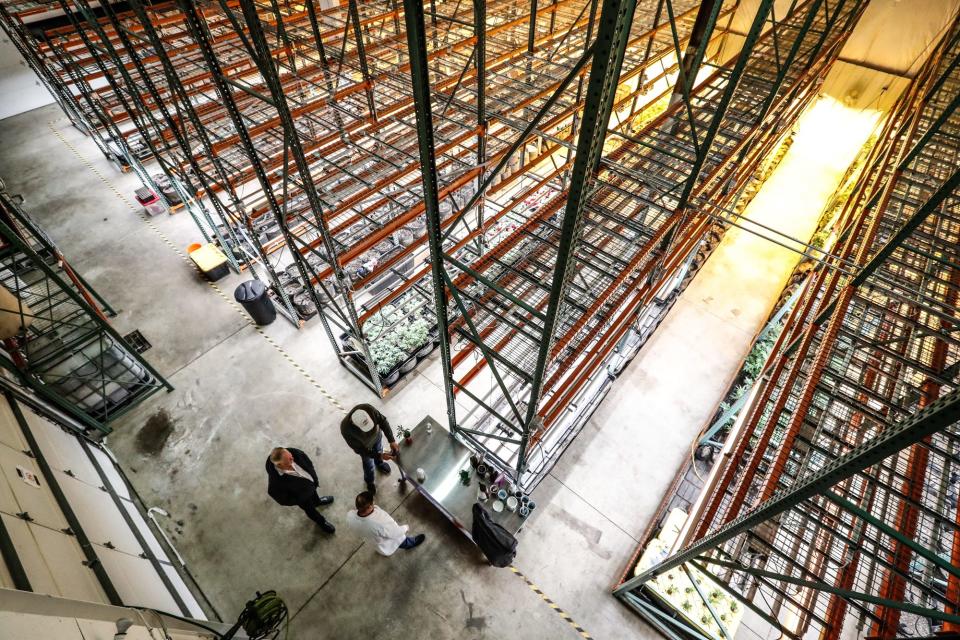
Another article IndyStar readers will see in this upcoming series highlights one Hoosier hemp operation where genetics and innovation are at the forefront. The growers are primed at the starting line to take off toward success while state regulators decide the industry’s future in Indiana's neighboring states legalize or decriminalize medical and recreational marijuana.
The series will also introduce you to a pastor who runs an urban farming program in Northwest Indiana to help citizens returning from incarceration find their footing, as well as a former Air Force surgical nurse who trains veterans how to start and operate their own farms.
Indiana has fewer farming operations now — about 55,000 across the state, according to the latest U.S. Agricultural Census data. That’s down about 2,000 from just five years ago and 5,000 fewer than two decades ago. But that doesn’t mean farming is going away, Kettler said, just that the make-up and size of Hoosier farms are changing.
“I think we are seeing people who are looking for opportunities to diversify,” he said.
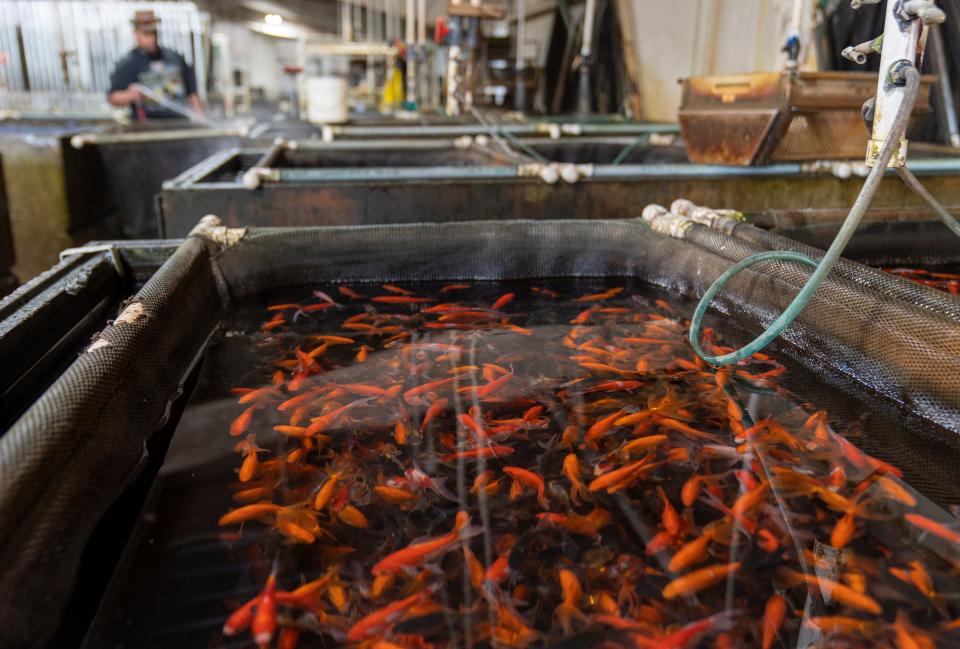
The Indiana Agricultural director really started to understand that diversity when he began his role in 2018. He’s grown up around farming most of his life, but wasn’t fully aware of all that the state had to offer.
“I thought I knew and had a pretty good handle on the agricultural industry,” Kettler said, “and still I’ve learned so much.”
Still, Dugger said he would like to see more farming back on the radar screen. To make that happen, he said independent family farmers should have better access to the incentives and subsidies normally handed out to large corporate operations.
“I want to see every farmer, especially independent families, make it,” Dugger said.
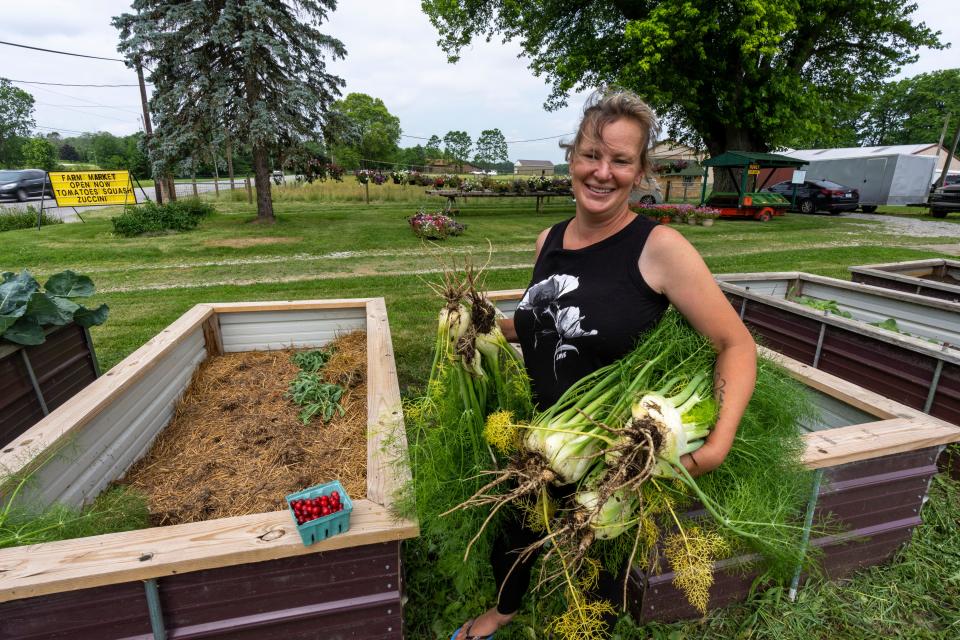
Kettler said the agriculture department’s role is to take a broad look and an all-of-the-above approach to the industry. Where people want to grow specialty crops or try new things, he said the state should encourage that and offer support where it can.
“We don’t have to go out and find people who can produce things in the state of Indiana, our farmers are phenomenal and will figure that out,” Kettler said. That’s Indiana’s identity as a farming state: “We are going to get it done.”
Here’s what to expect from the Grown IN Indiana series.
IndyStar will feature one unique Indiana farmer, farming operation or approach to farming every Wednesday for the next 10 weeks or so. In addition to written stories, the visuals team has been busy making photographs and documenting these farms on video to give online audiences an immersive experience.
Look for stories and visuals highlighting the following operations:
Mint: One of the prime places for growing mint is the Midwest and Indiana, and less than a dozen farmers across the state are keeping the specialty crop alive.
Shrimp: A family-owned aquaculture operation, one of the largest in the state, sells live shrimp right out the front door.
Veteran farmers: A sustainable farmer and veteran in Danville volunteers her time teaching other veterans returning to civilian life about the different ways to farm in Indiana.
Indoor vertical farming: One of the largest indoor farms in the state and country will be opening in Muncie to grow fresh greens, herbs and more for Indiana and the region.
Wagyu: From the New York Yankees to one of the premier Wagyu operations in the U.S., one Hoosier farmer is raising genetic breeds straight from Japanese stock for a farm-to-fork experience.
Farming in the city: An entrepreneurial woman is turning vacant city-limit lots into productive vegetable gardens to teach locals how to grow vegetables and a business.
Ornamental fish: One of the oldest private fish farms in the country is right here in Indiana, and each year it sells millions of koi and goldfish across the country.
Schools: Various schools across the state incorporate farming into their curriculum — from hoop houses to raising cattle — and serve the food they produce in their cafeterias.
Hemp: A team of innovative growers and breeders are cloning hemp plants and selling the genetic stock to larger farms as Indiana comes into its own in the growing industry.
Returning citizens: A pastor runs a program at an urban farm in Northwest Indiana to provide food to the community and help reintegrate returning citizens into society.
Call IndyStar reporter Sarah Bowman at 317-444-6129 or email at sarah.bowman@indystar.com. Follow her on Twitter and Facebook: @IndyStarSarah. Connect with IndyStar’s environmental reporters: Join The Scrub on Facebook.
IndyStar's environmental reporting project is made possible through the generous support of the nonprofit Nina Mason Pulliam Charitable Trust.
This article originally appeared on Indianapolis Star: Mint, shrimp and more: 10 unusual types of farming across Indiana

